Tag: Joel Meyerowitz
-

#LeicaConversations – Joel Meyerowitz – YouTube
#LeicaConversations – Joel Meyerowitz Join legendary photographer, Joel Meyerowitz, as he sits down with host Hugh Brownstone to share how he thinks about a photographer’s oeuvre – and in the pro… via YouTube: https://www.youtube.com/watch?v=0F5C-Kch87c Join legendary photographer, Joel Meyerowitz, as he sits down with host Hugh Brownstone to share how he thinks about a photographer’s…
-
Joel Meyerowitz’s Five Tips for Making Great Street Photographs | AnOther
Joel Meyerowitz’s Five Tips for Making Great Street Photographs via AnOther: https://www.anothermag.com/art-photography/12772/joel-meyerowitz-guide-to-photography-how-i-make-photographs-book Legendary image-maker Joel Meyerowitz shares his advice for aspiring photographers, as his new book How I Make Photographs is published
-
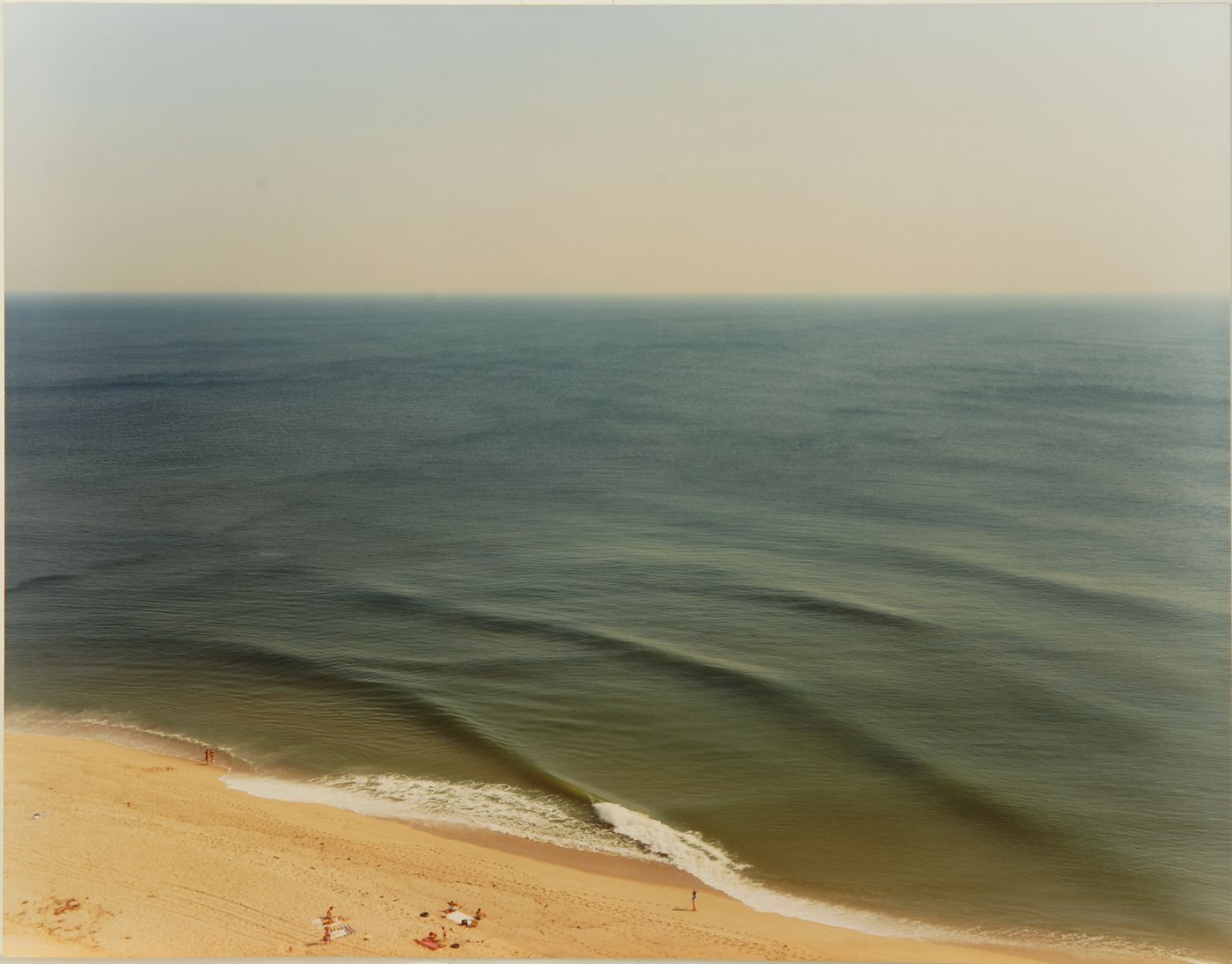
AMERICANSUBURB X: INTERVIEW: "Interview with Joel Meyerowitz – Creating A Sense of Place" (1990)
An Interview with Joel Meyerowitz – Creating A Sense of Place “There is a dawning awareness that you feel good in this place. Something here makes you attentive, brings you to an awakened state. But you can’t know that beforehand.” Interview by Constance Sullivan, from Creating A Sense of Place, Smithsonian Institution Press, 1990 CS: Why…
-
Joel Meyerowitz by Jonas Cuénin
Link: For the past five decades, the American photographer Joel Meyerowitz has roamed the streets of the world, countrysides and beaches in search of life in blue, green, yellow and red. In the 1970s, his sense of modernism contributed to accept color photographs as works of art.
-
Photography legend Joel Meyerowitz: phones killed the sexiness of the street | Art and design | The Guardian
Photography legend Joel Meyerowitz: phones killed the sexiness of the street He chased parades, ambushed hairdressers and refused to leave Ground Zero. Over PG Tips and ricotta at his Tuscan barn, Joel Meyerowitz relives his most stunning shots via the Guardian: http://www.theguardian.com/artanddesign/2018/mar/07/photography-legend-joel-meyerowitz-phones-killed-sexiness-street-most-stunning-shots He chased parades, ambushed hairdressers and refused to leave Ground Zero. Over PG…
-
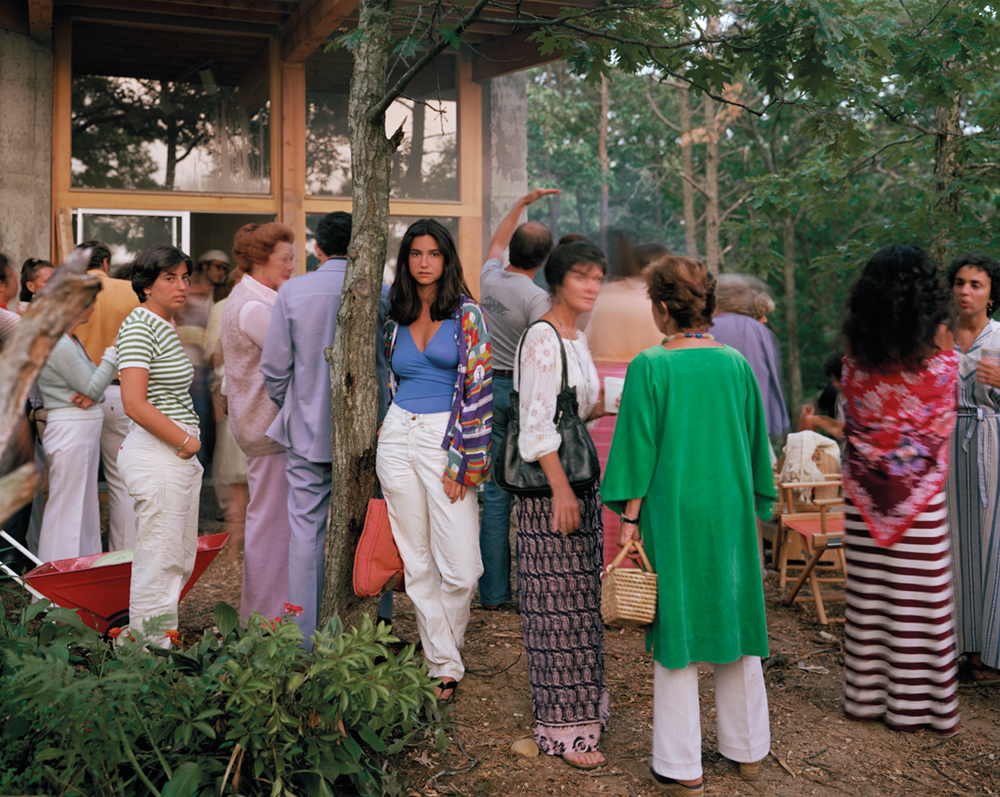
Interview with Joel Meyerowitz: Where I Find Myself | LENSCRATCH
Interview with Joel Meyerowitz: Where I Find Myself “Joel Meyerowitz: Where I Find Myself, published by Laurence King in March 2018 is the first major single book retrospective of one of the world’s most influential photographers, Joel Meyerowitz. This timely new book, published to coincide with the photog via LENSCRATCH: http://lenscratch.com/2018/04/joel-meyerowitz/ “Joel Meyerowitz: Where I…
-
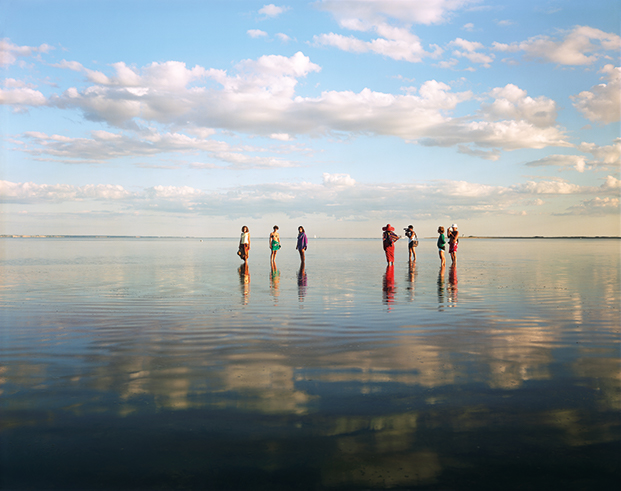
Joel Meyerowitz’s Magnum Opus “Where I Find Myself” is a Six-Decade Tour de Force – Feature Shoot
Joel Meyerowitz’s Magnum Opus “Where I Find Myself” is a Six-Decade Tour de Force – Feature Shoot Bay/Sky, Provincetown, Massachusetts, 1987. New York City, 1975. Joel Meyerowitz: Where I Find Myself (Laurence King) is a pièce de résistance, a masterful feat of publishing that sets the bar… via Feature Shoot: https://www.featureshoot.com/2018/03/joel-meyerowitzs-magnum-opus-where-i-find-myself-is-six-decade-tour-de-force/ Joel Meyerowitz: Where I…
-
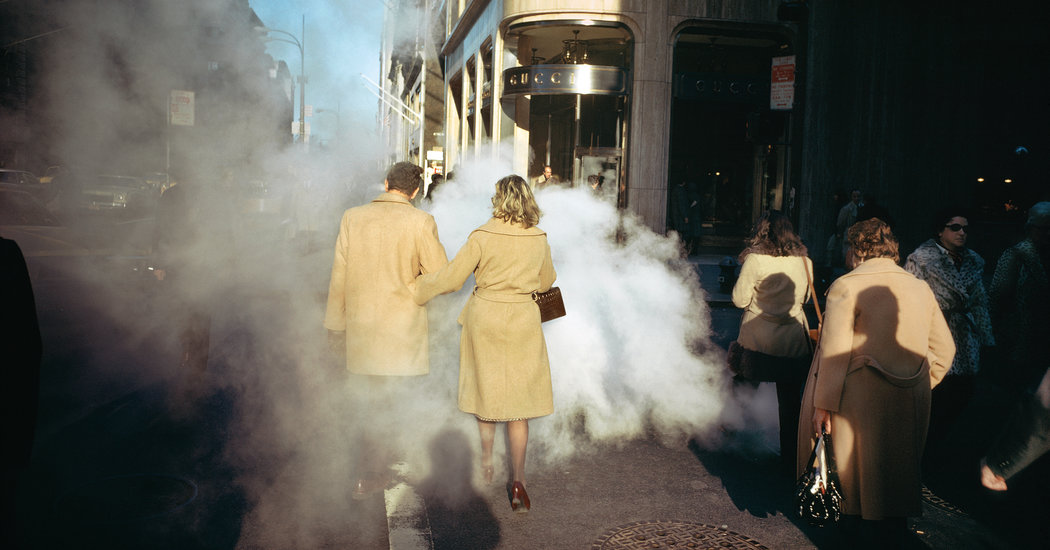
Joel Meyerowitz’s Career Is Minihistory of Photography – The New York Times
Joel Meyerowitz’s Career Is a Minihistory of Photography Five photographs reveal the evolution of a master street photographer. Link: https://www.nytimes.com/2018/01/18/magazine/joel-meyerowitzs-career-is-minihistory-of-photography.html?partner=rss&emc=rss 1. Now wait a second, is this magic? Or has it all been carefully arranged with actors, lighting and special effects? The truth is more surprising: It’s neither. It’s simply a picture snapped by Joel…
-
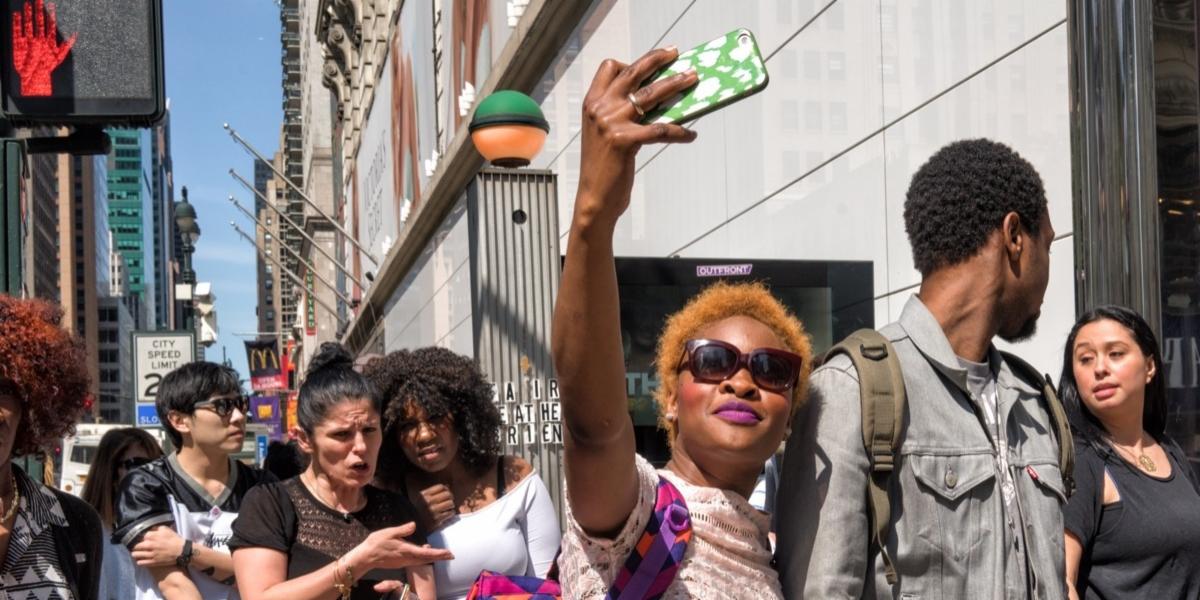
The Bible of Street Photography Was Just Updated for the First Time in 20 Years
The Bible of Street Photography Was Just Updated for the First Time in 20 Years This November, Joel Meyerowitz and Colin Westerbeck release an update of their iconic 1994 street photography tome, Bystander. via Artsy: https://www.artsy.net/article/artsy-editorial-street-photographys-bible-updated-first-time-20-years In 1994, legendary street photographer Joel Meyerowitz and photo historian Colin Westerbeck co-authored a street photography tome, Bystander, which…
-
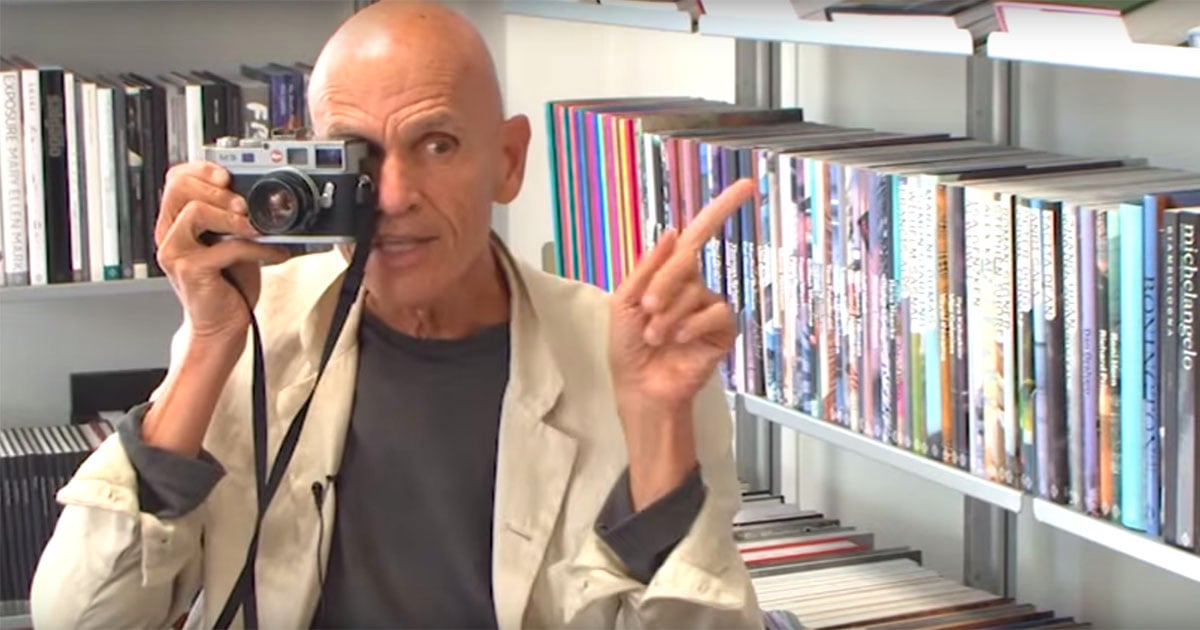
‘What You Put in the Frame Determines the Photo’
‘What You Put in the Frame Determines the Photo’ Here’s an inspiring 5-minute video in which renowned street photographer Joel Meyerowitz talks about his approach and mindset to making photos. Meyerowitz via PetaPixel: http://petapixel.com/2015/08/13/what-you-put-in-the-frame-determines-the-photo/ Meyerowitz believes that being aware of what’s going on outside the frame lines of your shot is just as important as…
-

ONCE MORE AROUND THE SUN | A photograph every day for a year
ONCE MORE AROUND THE SUN A photograph every day for a year via ONCE MORE AROUND THE SUN: http://oncemorearoundthesun.com/ Photographer Meryl Meisler has a lot going on. She recently published A Tale of Two Cities: Disco Era Bushwick to much acclaim and will soon be launching a new book, Purgatory & Paradise: Sassy ‘70s Suburbia &…
-
B: Brief Preview
Brief Preview Twenty years after its original publication in 1994, Joel Meyerowitz and Colin Westerbeck are working on a new edition of Bystander to be released hopefully in 2015. I asked Joel a few questions about the new edition.
-
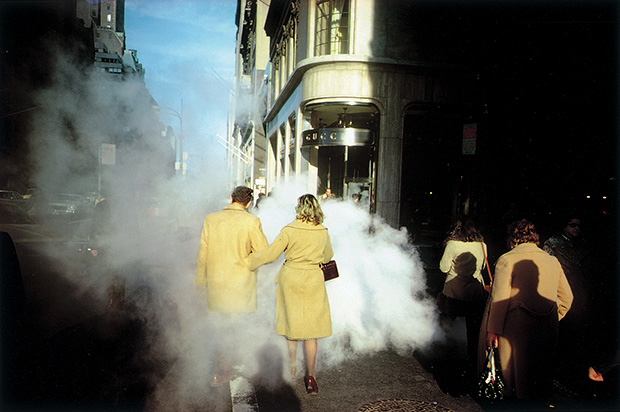
‘Taking My Time’: Two New Books Full of Joel Meyerowitz’s Masterful Street Photography – Feature Shoot
‘Taking My Time’: Two New Books Full of Joel Meyerowitz’s Masterful Street Photography – Feature Shoot Capturing the quintessential perfect moment in uncontrolled, public settings depends on a magical confluence of elements that suddenly, momentarily, match up so exquisitely they seem choreographed. For the masterful photographer Joel Meyerowitz, these mom via Feature Shoot: http://www.featureshoot.com/2014/06/taking-my-time-two-new-books-full-of-joel-meyerowitzs-masterful-street-photography/?utm_source=rss&utm_medium=rss&utm_campaign=taking-my-time-two-new-books-full-of-joel-meyerowitzs-masterful-street-photography For…
-
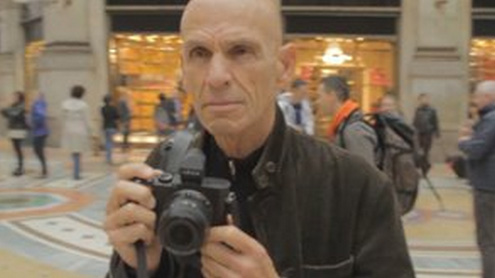
Joel Meyerowitz – My life with Leica (take three)
Joel Meyerowitz – My life with Leica (take three) – Leica Rumors Third and final part of the interview that Leica Akademie Italy has made with Joel Meyerowitz in Milan. The american master talks about the Leica S medium format camera, and how this camera is capable of delivering an image quality that he was…
-

Meet New York’s Most Famous Street Photographers
LightBox | Time Read the latest stories about LightBox on Time via Time: http://lightbox.time.com/2014/02/26/new-york-street-photographers/#1 Why is it that some photographers take to the studio, while others take to the street? Is street photography photojournalism, art — or both? These are some of the questions raised by Everybody Street, a new documentary chronicling the life and work…
-
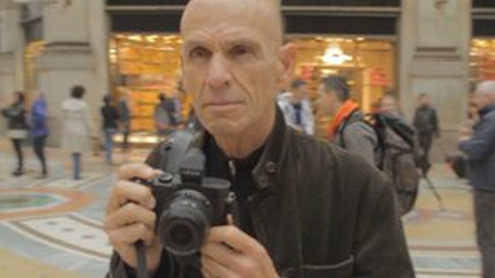
Joel Meyerowitz: My Life with Leica (part 2)
Joel Meyerowitz: My Life with Leica (part 2) – Leica Rumors Second part of the interview that Leica Akademie Italy has made with Joel Meyerowitz in Milan, in which the American master talks about the Leica M, a camera that has been his tool of choice for street photography in the ’60 and ’70, and…
-
Joel Meyerowitz – My Life with Leica
Link: Joel Meyerowitz – My Life with Leica | La Vida Leica! Leica Akademie Italy has met Joel Meyerowitz, soon after the opening of his latest exhibition in Milan, and interviewed him about his life long “love” for Leica cameras, from the first Leica M2 in the sixties to the Leica M9, M and S…
-
The Young Gun Meets the Living Legend
The Young Gun Meets the Living Legend We had 18-year-old up-and-coming photographer Olivia Bee interview 74-year-old photo master Joel Meyerowitz about his new two-volume retrospective. We think it may be the start of a beautiful friendship. via Vice: http://www.vice.com/read/the-young-gun-meets-the-living-legend-89312 It seems to me that there’s a moment when you press the shutter release on the…
-

Joel Meyerowitz: Taking His Time as a Master Street Photographer
LightBox | Time Read the latest stories about LightBox on Time via Time: http://lightbox.time.com/2012/11/02/joel-meyerowitz-taking-his-time/#1 “Photography takes place in a fraction of a second,” Meyerowitz says. “There isn’t a lot of time to think about things. You have to hone your instinct. You learn to hone that skill and timing so you’re in the right place…
-

Joel Meyerowitz: Icon with a Leica
Leica Portrait: Joel Meyerowitz An award-winning street photographer who has been creating memorable images in the great photojournalistic tradition since 1962, Joel Meyerowitz pioneered the use… via Vimeo: http://vimeo.com/38937942 Tony and I looked at each other and said, “That must be Henri Cartier-Bresson. Tony pushes me to go and see this guy and I walk…
